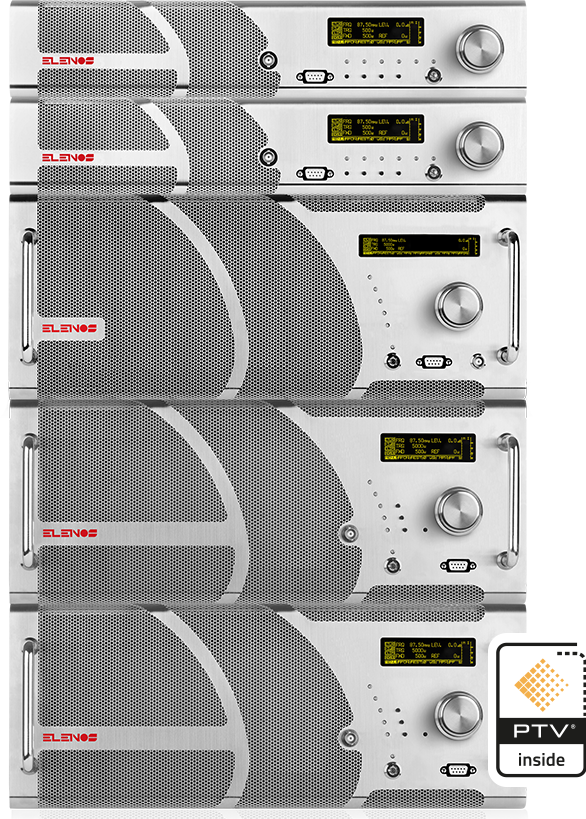
However, OBD-II scan tools that are used in ICE vehicles might be of little or no use to a technician working on an EV. Most mechanics rely on aftermarket scan tools to identify and fix problems in a variety of Asian, American, and European ICE vehicles. Instead of adhering to OBD-II standards, EV manufacturers like Tesla have developed their own proprietary scan tools and protocols – even though the OBD ports often still remain.ĮVs pose a problem for service workshops accustomed to traditional OBD Please use your Tesla Mobile App or your Tesla account to schedule a service visit appointment now.”īut unlike in the mature ICE vehicle market, accessing data directly from the EV is more difficult for many service workshops, as the car manufacturers have not yet agreed on a standard. A replacement part has been pre-shipped to your preferred Tesla Service Center. “An unexpected condition has been detected with the Power Conversion System on your Model 3. Once a fault or service issue is detected the owner receives a Service Request notification on the center screen of the vehicle: Tesla vehicles are capable of diagnosing vehicle faults and maintenance issues and then automatically pre-ordering the parts for the repair.Ī recurring problem with Tesla’s service has been the availability of parts, but by using the vehicle’s OTA capability, Tesla can now address the issue by automatically ordering the parts as soon as a problem is diagnosed. What's more, the widespread adoption of connectivity and the IoT opens the door to extending remote diagnostics to encompass repair and maintenance as well. Bosch believes swarm intelligence is the key to rapidly diagnosing stress factors in vehicle batteries. Using the swarm principle, in which algorithms use data gathered from an entire fleet, not just from individual vehicles, a more accurate diagnosis of battery performance and health can be obtained. Bosch estimates these measures can reduce the wear and tear on the battery by as much as 20 percent.
#EASE DIAGNOSTICS SYSTEM HOW TO#
The cloud services use this real-time data to optimize the recharging process and to provide drivers with driving tips on how to conserve battery power. Its first customer is Chinese mobility provider DiDi, which is equipping a pilot vehicle fleet with Bosch battery services in the city of Xiamen.Īll battery-relevant data, such as ambient temperature and charging routine, is first transmitted in real time to the cloud, where machine-learning algorithms evaluate the information.

The company calls the new service Battery in the Cloud. In an attempt to prolong EV battery life, Tier 1 supplier Bosch is developing new cloud services that supplement individual vehicles’ battery management systems. However, rapid charging, a high number of charge cycles, an overly sporty driving style, and extremely high or low ambient temperatures all place stress on the battery.

In the evolving remote diagnostics market, enabled by the IoT, the electrified powertrain is shifting the focus of diagnostics from the complex task of fault finding of the ICE and policing emissions, to more management-focused functions:Īs the highest cost component in the EV powertrain, manufacturers are anxious to optimize performance and extend the lifetime of the battery. Remote diagnostics benefit novel EV powertrains predicts that, driven in part by the significant growth in EV technology, the diagnostics aftermarket is projected to top $1.5bn by 2024. While recent research by Global Market Insights Inc. In light of the value of the technology in reducing maintenance costs and downtime, remote diagnostic solutions have gained widespread support from automakers and vehicle owners alike.Īccording to a new study by Future Market Insights, the automotive remote diagnostics market, assisted by the growing integration of Internet of Things (IoT) and the emergence of connected car ecosystems, is projected to grow at a CAGR of nearly 18 percent through 2028. While the OBD-II port was originally used by technicians as an access point to vehicle diagnostic data and emissions equipment conformance, these ports rapidly evolved into supporting plug-in devices that facilitated telematics systems, enabling remote diagnostics and track and trace services. However, these early monitoring systems, known as OBD-I, were limited in scope and soon gave way to the more sophisticated OBD-II technology, equipped with a standardized 16-pin OBD connector and displaying standard diagnostic trouble codes. This was equipped with an OBD port to assist workshop technicians in fault diagnosis. On-board diagnostics (OBD) can be traced back to VW's 1968 Type 3 electronically-controlled gasoline injection system.


 0 kommentar(er)
0 kommentar(er)
